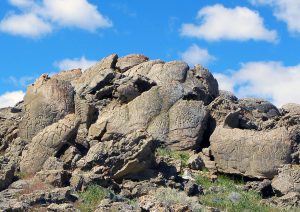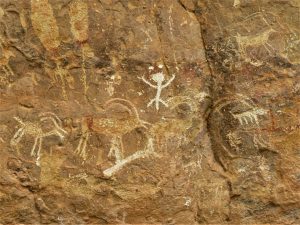
Petroglyphs record what the people saw and how they lived.
In September of 2016, I had the opportunity to visit a series of thirteen thousand year old petroglyphs in the Nevada desert. These amazing symbols depict as yet to be understood writings of a native American people who have long since vanished and whose modern descendants, the Paiute nation, stand guard over and who hold them in high esteem.
My family had some contact with the Paiute people near Big Pine, California back in the 1950s when my teenage mother befriended a woman named Sarah who my mother related as being the head of the Paiute nation ( I am taking my mother’s word on this and only relating a family story ) and who loved that my mother would bring her trout, took her shopping and sought to help her in her day to day life and just being a friend. Sarah, in turn, declared our family to be friends of the Paiute. And with that, our family was a friend to their nation and hopefully I will one day get to say hello to them again and thank them for being kind to my mother. Be that as it may, the Paiutes showed us they value their ancestors and wish to preserve the ancient records now under their care.
The ruins were amazing to see in the early September light as we photographed them from a distance out of respect for the laws protecting them and also sheer respect for the monument and message they represent. In fact, a number of strange phenomena took place that early morning and I still am mystified by some of what we saw. I hope to ask the Paiutes themselves about these happenings because I’ve never experienced anything like them in all of my travels into the paranormal and unusual. Perhaps there truly is an ancient Spirit to places like this. I believe that once our peaceful intentions were understood, all the odd happenings ceased and we peacefully admired the ancient writings for quite awhile before the heat drove us out of the area.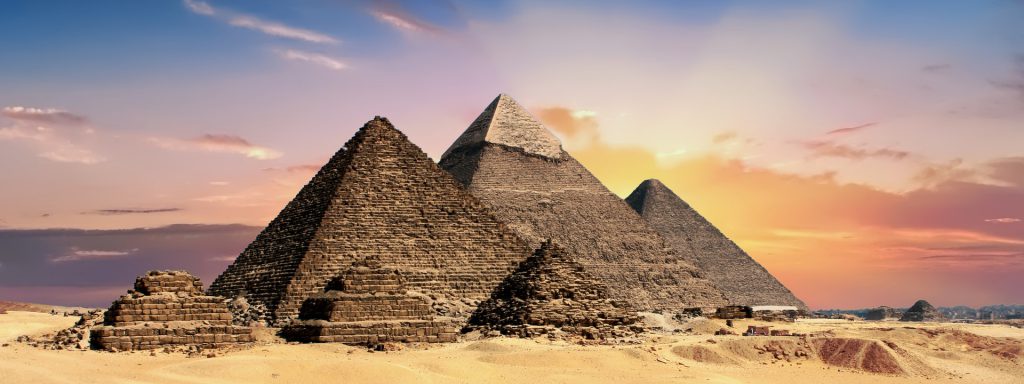
The Egyptian Pyramid complex near Cairo
There are many ancient monuments on this planet. And of these, only a few can match the claim that this set of petroglyphs have in terms of sheer age and staying power. The fact that these symbols are still here, thirteen thousand years since their creation, is a testament to the environment and the vision of their creators.
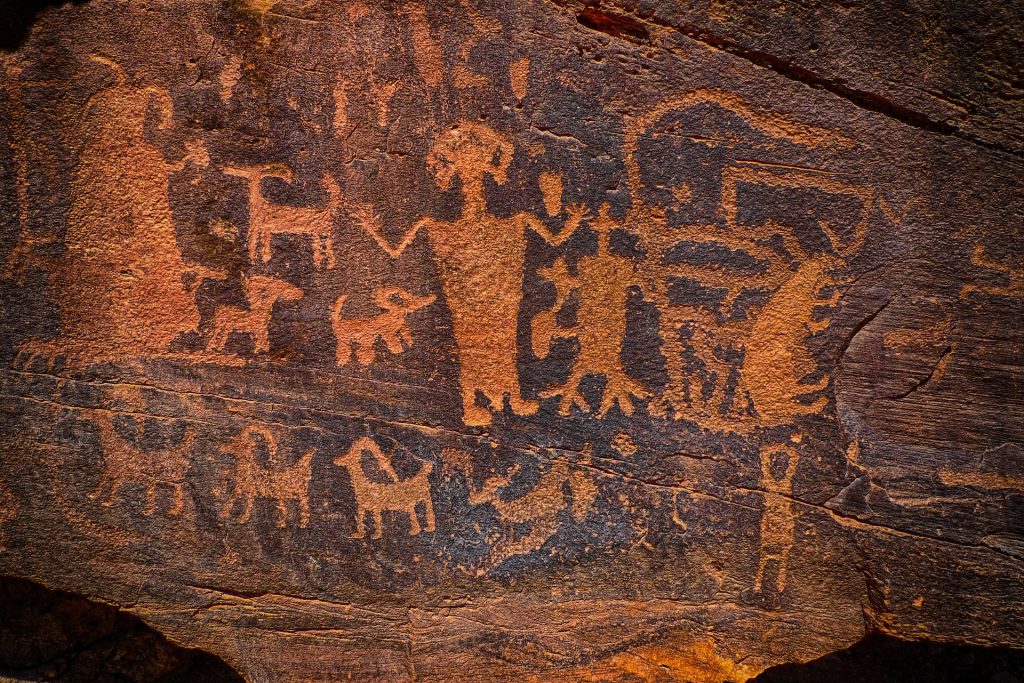
What are these people trying to tell us in the future? Was this only for them to read or for distant generations to learn from?
What is vexing is the MEANING of these petroglyphs. It is clear that these symbols meant something to these people and they meant enough that the expense of carving these into the rocks near the dry lake east of the aptly named Pyramid Lake in Nevada was well worth it to them.
That is the danger with petroglyphs. Their original meanings can be lost. Without an appropriate index or Rosetta Stone translation tool to ascribe meaning to what is being said, it leaves future generations grasping at straws as to what is being communicated. Some, like myself, believe a number of these symbols depict events and things these ancient people witnessed. Astronomical events, strange weather, day-to-day life commentary and… perhaps… even UFOs and mystical phenomena.
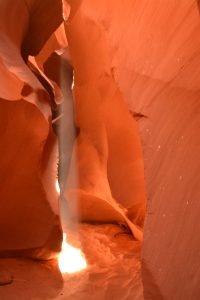 There is one standout message that these ancient Native Americans did manage to get across to us. And it is that they felt compelled to share their lives with We Of The Future and which made it through time and space for us to consider and wonder about.
There is one standout message that these ancient Native Americans did manage to get across to us. And it is that they felt compelled to share their lives with We Of The Future and which made it through time and space for us to consider and wonder about.
It is as if they screamed “We mattered and we want you to remember us!“ across the millennia and sit smug in the knowledge that they succeeded.
And with that, I began to think about my own 40-plus year IT career working with computer systems of all types. I wondered about the ability of our modern civilization to store and retrieve information that comes so naturally to our modern computers being able to certainly outstrip and outclass the relatively few symbols of a Native American people who have long disappeared… Modern computers trump stone age symbolism and writings… Right?

We live by our digital world, but it too will come crashing down one day…
Not so fast there Pilgrim… In fact, Native American, Egyptian, Mesopotamian and other civilizations were able to record amazing levels of detail about their lives and stories that are impressive histories of our planet and the Human race itself. And they did it with chisels and symbols that have stood for centuries. Far beyond what our modern electronic records are capable of.
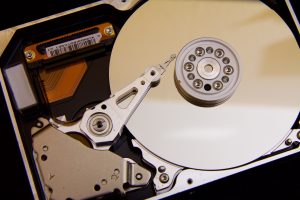
A hard disc drive opened for viewing it’s internal parts.
Information storage and processing these days are so cheap that we hardly think about what a wonderful thing it is. And for all of it’s power, it suffers from a variety of weaknesses that threaten our civilization in ways we cannot begin to yet understand.
For one, it is notable that with information becoming so transient and temporary in nature that “truth” as we once knew it is a much more fleeting thing than it was for us even thirty years ago. The rate of change in society and our sciences is advancing at a rate no single human can keep up with.
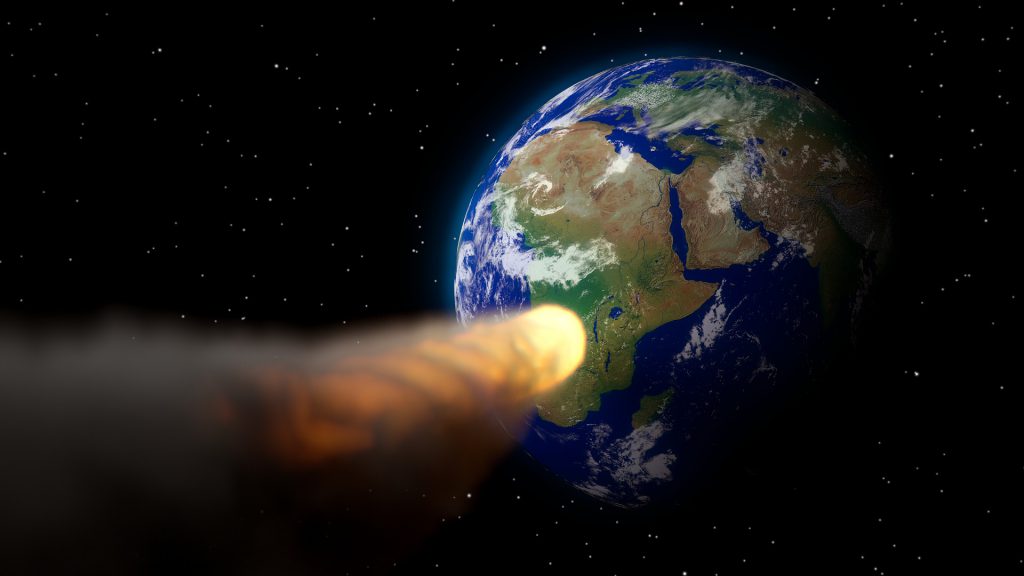
It isn’t a matter of IF an asteroid or comet will hit. It is a matter of WHEN it will arrive unannounced and cause mass devastation.
Secondly, it is this massive electronic infrastructure itself that is subject to incredible destruction at the hands of both human agencies and natural forces that is driving me to write this article. Imagine an asteroid or comet strike on the Earth where, if such a thing occurred, a massive electromagnetic pulse would immediately send humanity back to the 1870s or even earlier in terms of our technological capabilities. We would have some power in the form of generators and perhaps a few motors and old fashioned telegraph gear, but forget computers. We would be back to pen and paper and no more Amazon deliveries. And a tweet? We’d be back to using messenger pigeons. Think on that one Twitter!

One day, another massive solar flare like the 1859 Carrington Event which destroyed telegraph wires and set fires will occur. The next event this large will destroy our modern life as we know it.
Similarly, the often cited disaster of a solar flare doing much the same thing to a huge part of the planet would leave our civilization badly wounded. The 1859 Carrington Event was so massive it damaged telegraph equipment and set fires when it occurred. If such a flare hit the Earth today, the subsequent damage and incredible loss of life due to famine, plagues, uprisings and war would eclipse anything the human race has met with in recorded history. Only super-volcanic eruptions and floods which are recorded in our historical record come close to the damage a global or near global electromagnetic or EMP pulse would do.
Even without an EMP pulse, solar flare or a nuclear war, our ability to retain and store information reliably is pitifully weak. In fact, it is laughable.
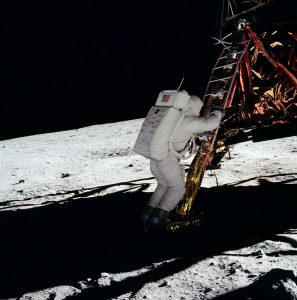
Astronaut descending the Lunar Lander (LEM) to the lunar surface.
“Prove it” you ask? On July 20th, 1969, human beings landed on the moon and our species became one capable of landing on another planetary body for the first time. And one would think that our ability to retain the original recordings of Neil Armstrong descending the ladder to step on the lunar surface would have been a priority.
Think again. NASA lost the original video and had to depend on secondary copies because in the 1980s, they erased the tapes and reused them for other purposes. And with countless missions under their belts, stories circulated of literally thousands of boxes of unread reels of telemetry from deep space probes, rotting in hallways that revealed the extent of information overload that threatens to overwhelm us as a civilization.
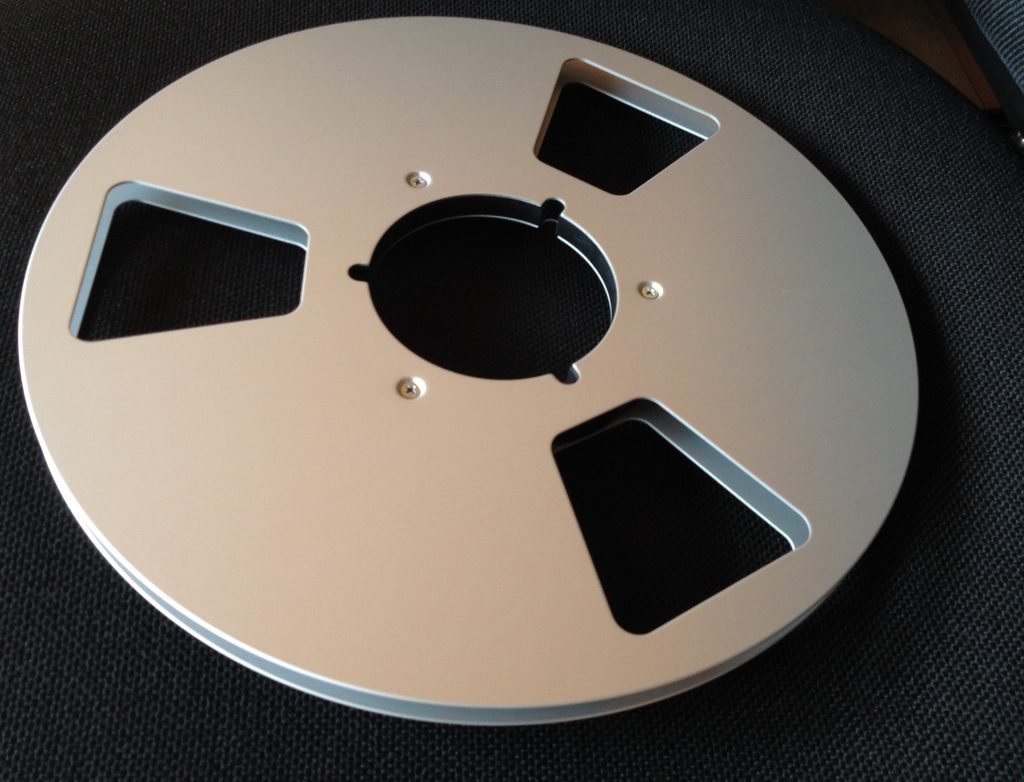
The ultimate cause of all this waste? It likely was because of budget cuts and a sense of moving on to the next mission rather than keep data that might still be of value. And this isn’t a dig at NASA. They are an amazing organization, but they struggle with the overload like everyone else.
I will reiterate the point I’m making:
Our ability to make information and record it far outstrips our ability to utilize, preserve and retain it.

The folks in the intelligence world know of what I speak. It isn’t the ability to get the information that is tough. It is the ability to get the RIGHT information when you need it. And to sift through the ever increasing stream of data is proving to be a massively complex problem. Never mind finding it again when you need it later. It is here today, gone tomorrow.
I used to be a computer operator and one of my jobs in the day was backup of data. We used a rule of thumb in the days of 9-track tape that said that our magnetic tape requirements would go up four-fold every three years. Think about that. The storage requirements for information are exploding at rates that are staggering and if my old rule still holds true, then we are in for some real expense in trying to record all the data we are attempting to do.
The avalanche of data with our data collection systems being able to totally overwhelm us is well documented. And I only mention this in passing to support where we are going with this article.
So what HAS worked for human civilization for information storage as we know it?
 The BEST that our historical civilizations have had to work with is the old reliable that lasts for hundreds of years with the right storage conditions. Books, scrolls and even leather skins with symbols and writing etched on them.
The BEST that our historical civilizations have had to work with is the old reliable that lasts for hundreds of years with the right storage conditions. Books, scrolls and even leather skins with symbols and writing etched on them.
But even these wonderful storage systems for information don’t come close to the sheer staying power of the etched Nevada petroglyphs I personally visited in the northern deserts of that great state.

Civilizations come and go. We need to plan ahead for what will surely collapse our civilization.
So… We have two extremes. On one side, information stored on rock that is 13,000 years old and yet we can barely understand a fraction what is being said to us.
On the other side: Twenty-first century information storage systems that cannot successfully store and retain data for the long haul and which are susceptible to the slightest disruption from astronomical or human caused disasters or wars.
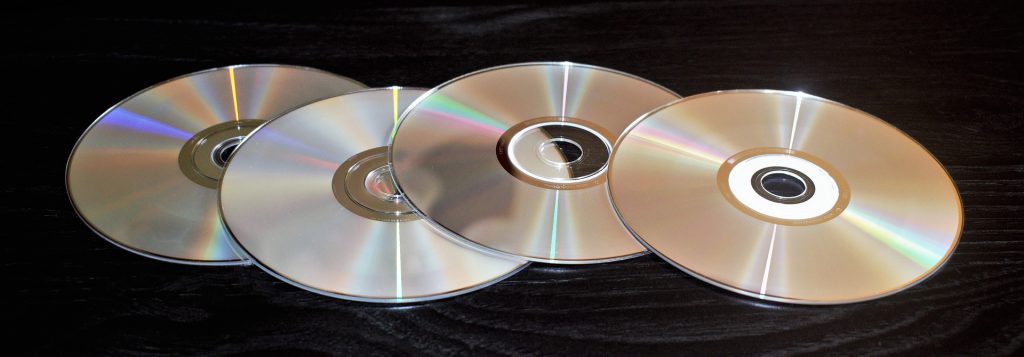
Even DVDs have only a 30 year shelf life. Data this dense needs to be refreshed often to prevent loss…
It is absolutely imperative that we decide to do something about this situation now and take action to find a good middle ground by taking advantage of the best of what the Petroglyph Writers were talking about and what our modern computer technology is capable of doing.
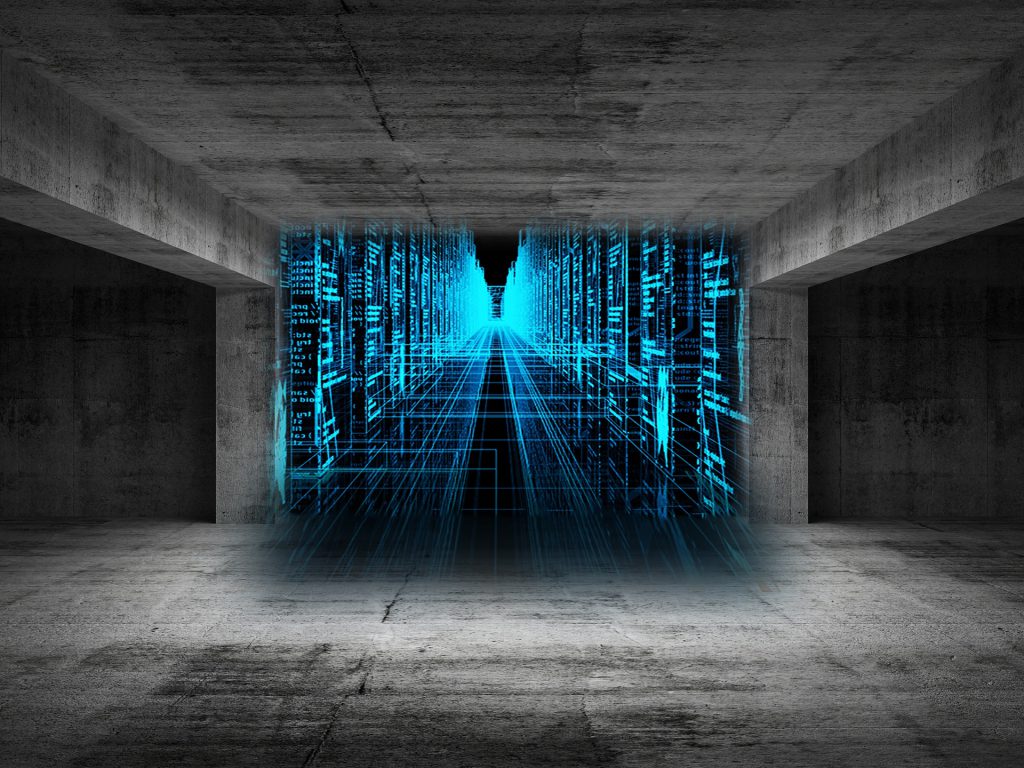
My thoughts revolve around three key properties of long-term information storage that I feel are absolutely important for communicating to those in the future:
- 1. Choice of a storage medium that can stand the test of time for thousands if not millions of years.
- 2. The choice of WHAT TO SAY (the payload of value) to the people of the future.
- 3 Where to place the messages.
The first problem, that of choosing something that will outlast all electronic infrastructure and yet have enough detail (information density) to be useful to our descendants is absolutely key. A separate sub-problem to be overcome is HOW to pass the meaning across in a language that can be easily understood by the casual observer in the far future but which has scales of density that would speak well to a technological society that would be able to absorb larger amounts of data from the media that the low density symbols are etched on.
Without getting too detailed and going off in the weeds with a heavy technical discussion, I feel that crystalline technologies like Hitachi’s new quartz storage system using low-density storage of information etched on crystal sheets carved at the scale where a human eye can read them combined with high-density storage of binary data embedded in the same crystalline sheets so that eventually a high-tech civilization can read them has real benefits from using this dual-nature modern petroglyph that we can leave behind for our descendants.

Hitachi permanent quartz storage system technology is a reality and can store data for potentially a 100 million years or more.
We would need to place symbols in the low density etchings to tell a high-tech society how to read the embedded high density technology.
Crystal technology has a real advantage in that it is something that can stand the test of time for literally millions of years and is relatively inert chemically if kept in the correct environmental conditions. Rock is the next best storage medium, but is subject to weathering and water damage if left in the open. Perhaps a combination of the two would work well, but for now, I’m leaning to crystals as the ideal storage medium.
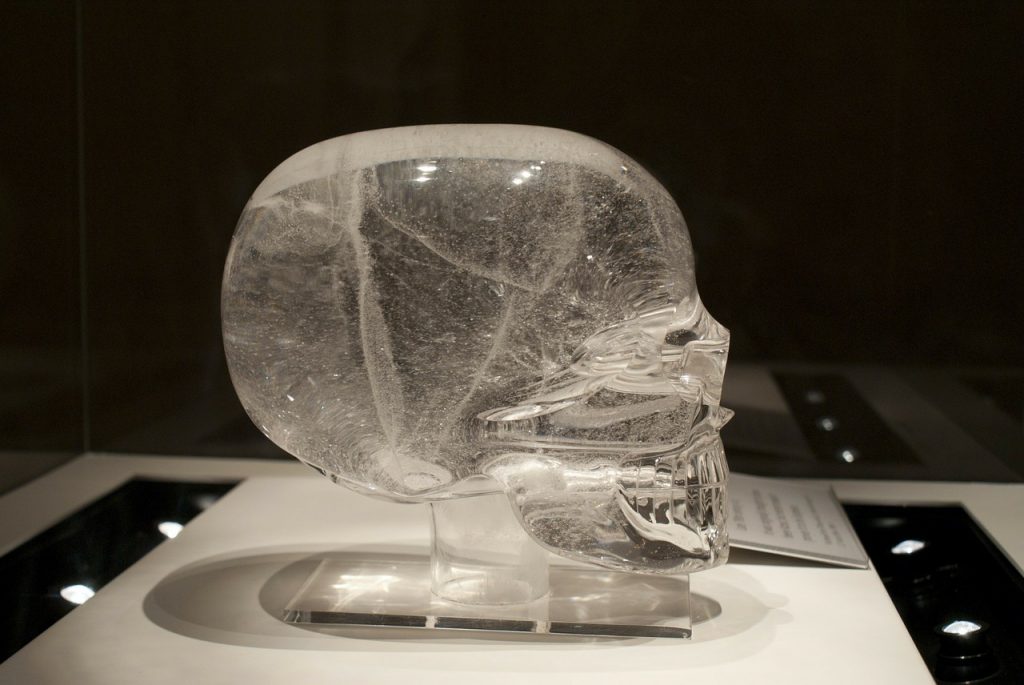
A crystal skull, made from quartz. Could it store information in it’s makeup and be used at a later date? And did the ancients use these for just such a purpose?
In fact, some people insist that Crystal Skulls from ancient times have a number of the properties we are discussing but which we have not figured out how to access for the high-density and high-value information.
These skulls exhibit unusual features in that they should not exist given the way they are carved and the unusual phenomena that accompany them are well documented and indicative that these may even be a form of crystalline life form/computer all rolled into one package. However, we are looking for a more mundane and simplified means of passing information with our existing technologies and Crystal Skulls are not yet something I see Hitachi or any other company embedding information into!
Returning to our simple messaging system we are building: For these messages to be of any value, a manual and easy instructions for the right minds of the future need to be simple enough to interpret to get to the good information within, otherwise the entire effort is a failure.

What do we tell the Future?
As for what to say on these crystal tablets? I believe that the smart thing to do is to consult with the experts in petroglyph technology themselves and approach the Native Americans, European tribal peoples, the Egyptians, Far Eastern tribal peoples and the Australian Aboriginal peoples and learn from them what was important for them to record in the first place. They knew what they were doing when they created these libraries and it would pay very well to incorporate their wisdom, opinions and ideas into a future storage technology to help our species over the march of time.
It makes sense to bring together a First Nations people, or perhaps a wide confederation of them together to get a concerted input to storing their histories and thoughts on life and their stories into this modern form of petroglyph that can preserve their history for what could be seen as “forever”. It would take a team of tribal elders, scientists, IT experts and language experts to create such a custom petroglyph system that would embrace their thinking and express it in the quartz crystal media. Of course, this same process could apply to many cultures wishing to preserve their histories in the same fashion.
Secondly, it makes sense to inventory the key information our civilization has picked up for the last several thousand years and devise a system of passing on valuable information from a wide range of subject matter. Imagine if we could give a boost to a future civilization by passing on what we have learned as an investment for the species itself. Subjects from science, philosophy, spiritual topics, human rights and even to communicate a sense of wonder as to why we exist and what we felt about Creation when we wrote all of this down are natural topics to consider for such a “Book of the Future” to pass to our descendants. An even smarter move would be to record the full DNA profiles of not only our own species but that of as much of our animal and plant life as possible into the record for future study and even potential use
There is one other category of people to consider in all of this as well. And that is the chance that non-human creatures with intellect might find these records long after humans are extinct. Even then, it would pay dividends to have them know of our existence and to, as I mentioned earlier, the possible recreation of human life from DNA stored in the tablets if these aliens should so choose to use to recreate our species.
So this brings us to the final topic.
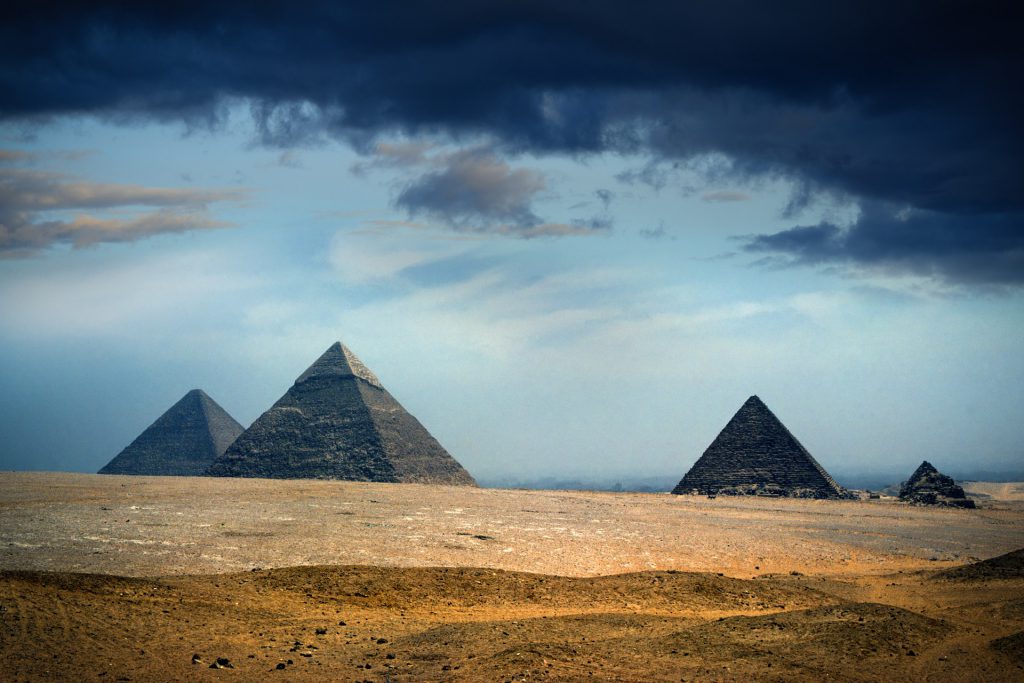
Where to place the tablets?
For storage on Earth itself, the obvious choices revolve around placing the records in stable areas, free of water and which our best geological estimates feel will be free of being endangered by any catastrophe for at least a million years. One would naturally want to place many identical copies of such records in many locations on the planet to insure that they do not all get destroyed either though human induced disaster or natural disasters.
Modern seed storage vaults have addressed this question by placing their “message to the future” in the form of seeds into cold storage in the coldest places on the planet. They have been doing what we are talking about for years now. And their criteria for choosing good places to store valuable genetic information can be a good pattern for storage of data for the future of Humanity.
Using geological features that are attractive to explorers and yet a little hard to reach would be a good way to keep the records safe. Placing them in already existing structures like the Pyramids in Egypt and the many other pyramid structures around the globe would be logical choices as well. After all, making use of what our ancestors already have designed and built which have been around for thousands of years is certainly a matter of good economics.
Such structures are composed of stone and can certainly handle the effects of shielding from EMP and other disasters that could truly save and protect the information we are trying to put forward to our descendants in the future.
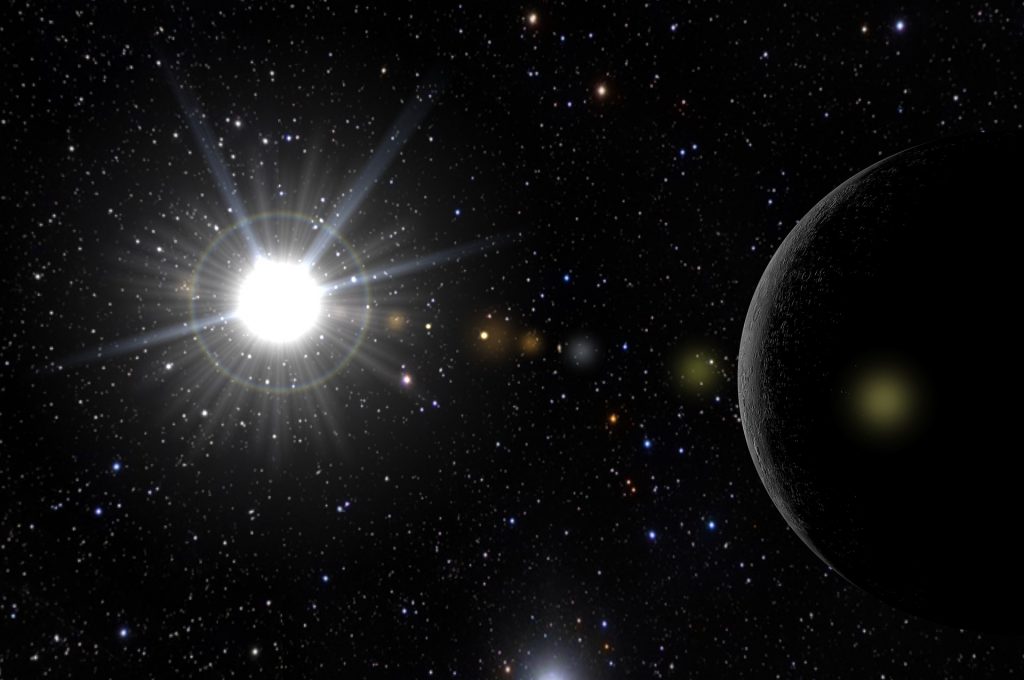
Storage in Space
A “Book To The Future” is not conscripted just to the Earth. It makes sense to spread this message far and wide with as many of our space probes as possible and also as a spacecraft unto itself. What do I mean by this?
We stand on the cusp of being able to colonize the solar system. And with that act of breaching the Earth’s boundaries, we become an interplanetary species and will be able to affect multiple worlds. We should be able to find places, but in certain points in space itself and on stable worlds with ice-cold temperatures and little to no geologic activity to store knowledge bases for perpetuity.

Star Travel… Messages in a Bottle
Going back to our DNA storage discussion earlier, we also can design a series of spacecraft to be shot out of the solar system, like bottles to be floated in the great ocean of space, to carry our history and knowledge to other worlds and star systems.
Getting these packages into the vast reaches of the solar system shouldn’t be too hard. Adding them to deep space probes or even miniaturizing them to use the solar wind to escape the solar system and be spread into interstellar space is likely a very easy prospect. The only challenge is to make them noticeable to a passing spacecraft in some manner in order to retrieve them and harvest their message and content. Perhaps a beacon that sends out a radio signal at regular intervals and uses background radiation to power the beacon or some as yet-to-be developed technology.
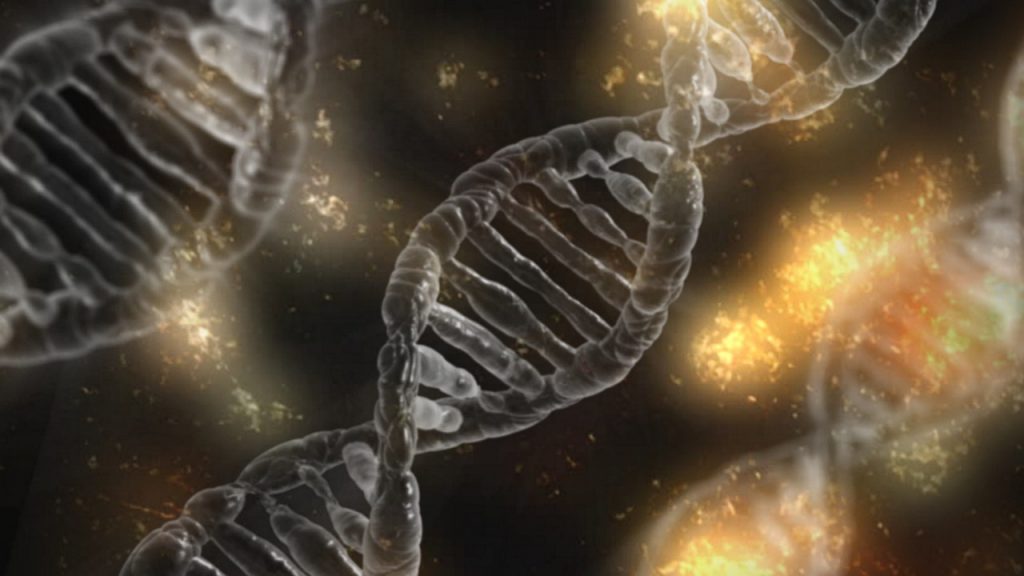
DNA is the ultimate message in a bottle…
And if we have DNA samples in digital form of as much of Earth life as possible, including ourselves, aboard these craft, we stand the chance of traversing the galaxy in a form that doesn’t require power but which might see us survive and be recreated in another far off part of the Milky Way. It’s the genes that count. Not sending individual people in suspended animation at great expense into the void of space.
Nature is a great teacher and if one were to listen to Her examples, such as the dandelion that uses its parachute-style seed distribution method to survive and thrive…
Immortality of a sort. Economical and simple to do. Perhaps that is too much to ask of a technical society to try, but then again, the alternative for us is to simply embrace extinction at some point.
Personally, I’d go with the star seeding and hedge our bets.

Sometimes the simple solution is the best one of all.

